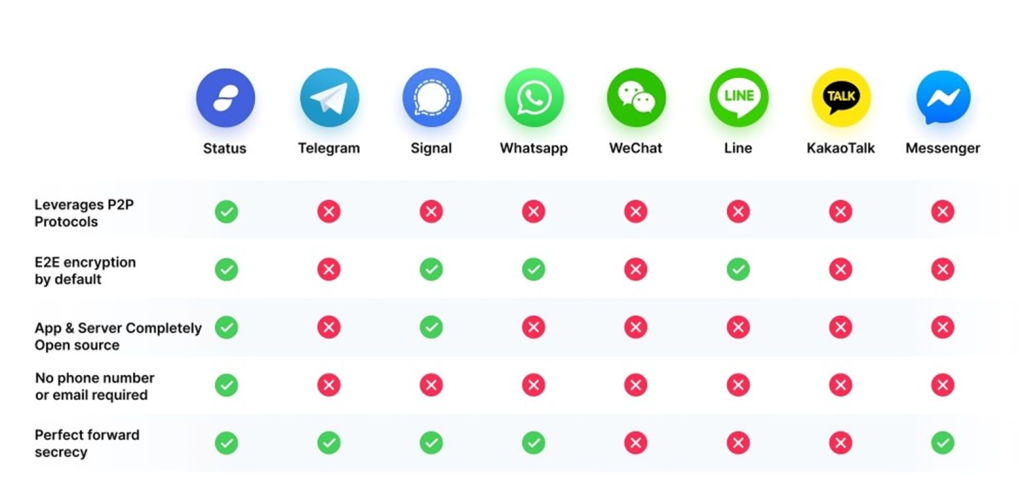In today’s digital age, where information flows freely across the internet, safeguarding your personal and sensitive data has never been more critical. Data encryption, often covered in technical jargon, is a powerful tool that is pivotal in keeping your information safe from prying eyes and cyber threats. This article is your gateway to understanding the significance of data encryption, interpreting its complexities, and learning how it can become your digital protector.
The Vital Role of Data Encryption
Imagine your data as a confidential letter and encryption as the envelope it’s sealed in. Data encryption acts as that envelope, ensuring that even if someone were to intercept it, they wouldn’t be able to read its contents. Here’s why data encryption is indispensable:
1. Shielding Against Cyberattacks
In a world where cyberattacks are on the rise, data encryption serves as an impenetrable fortress for your information. Even if hackers gain access to your data, they encounter an unreadable jumble of characters, rendering it useless.
2. Safeguarding Privacy
With personal information becoming increasingly digitized, encryption is your assistant in preserving your privacy. It prevents unauthorized access to your sensitive data, a critical concern when sharing information online or storing it in the cloud.
3. Compliance with Regulations
Many industries and regions have stringent data protection regulations, such as GDPR in Europe or HIPAA in the healthcare sector. Encryption is often a legal requirement to ensure compliance, helping you avoid severe fines and penalties.
4. Ensuring Secure Communication
Encryption guarantees that only the intended recipient can decipher and access the content when you send messages or files over the internet. This safeguards your communication from spying and interception.
5. Offering Peace of Mind
Knowing that your data is encrypted provides a sense of security and confidence as you navigate the digital realm. It’s similar to having a digital bodyguard, allowing you to explore the online world without fear.
Revealing Data Encryption
Data encryption may seem like a complex concept, but at its core, it transforms readable data into an unreadable format (cipher) using a secret key. Let’s break it down into simpler terms:
1. Data and a Key
Imagine your data as a secret message that you want to lock away securely. To do this, you need a key – a unique code that only you and the recipient possess.
2. Encryption Algorithm
An encryption algorithm is like a magical recipe that turns your data into a scrambled, indecipherable code when combined with your key. This code is known as ciphertext.
3. Safe Transmission
Now that your data is encrypted, you can send it over the internet or any other medium without worry. Even if a hacker intercepts it, they won’t be able to make sense of the information.
4. Decryption
When the recipient receives the ciphertext, they use the same key to unlock the encryption, returning it to the original, readable data. This process ensures that only authorized parties can access the information.
Types of Data Encryption
There are several types of data encryption, each with its own strengths and applications:
1. Symmetric Encryption
In symmetric encryption, the same key is used for both encryption and decryption. While it’s efficient and fast, securely sharing the key with the recipient can be challenging.

2. Asymmetric Encryption
Asymmetric encryption uses a pair of keys: a public key for encryption and a private key for decryption. This method is ideal for secure communication, as the public key can be freely shared while the private key remains secret.

3. End-to-End Encryption
End-to-end encryption is commonly employed in messaging apps and secure communication tools. It ensures that only the sender and recipient can read the messages, even the service provider can’t access the content.
Implementing Data Encryption
Now that you grasp the importance of data encryption and how it operates, let’s explore how you can put it to work in your digital life:
1. Use Encrypted Messaging Apps
For secure communication, opt for messaging apps that offer end-to-end encryption. Popular choices include WhatsApp, Signal, and Telegram, which ensure that only you and the recipient can access your messages.
2. Enable Encryption on Your Devices
Most modern smartphones and computers come with built-in encryption options. Enable device encryption to protect your data in case your device is lost or stolen.
3. Utilize Encryption Software
For sensitive files, consider using encryption software like VeraCrypt or BitLocker (for Windows users). These tools create encrypted containers where you can store your data securely.
4. Secure Your Email
Use email encryption services like PGP (Pretty Good Privacy) or S/MIME to send and receive encrypted emails. This is especially important when sharing confidential information.

Conclusion
Data encryption is the unyielding guardian of your digital world, ensuring that your personal and sensitive information remains beyond the reach of prying eyes. In an era dominated by cyber threats, understanding and employing encryption is not a luxury but a necessity.
By embracing the fundamentals of data encryption and incorporating it into your digital practices, you take a crucial step toward fortifying your digital privacy and security. Whether you’re communicating with loved ones, conducting business, or merely navigating the web, encryption provides the peace of mind you need in today’s interconnected world.
So, consider encrypting your digital shield, and rest assured that your data is safe, even in the face of the most determined cyber adversaries. Your digital treasure chest deserves nothing less than the best protection, and data encryption delivers precisely that.




